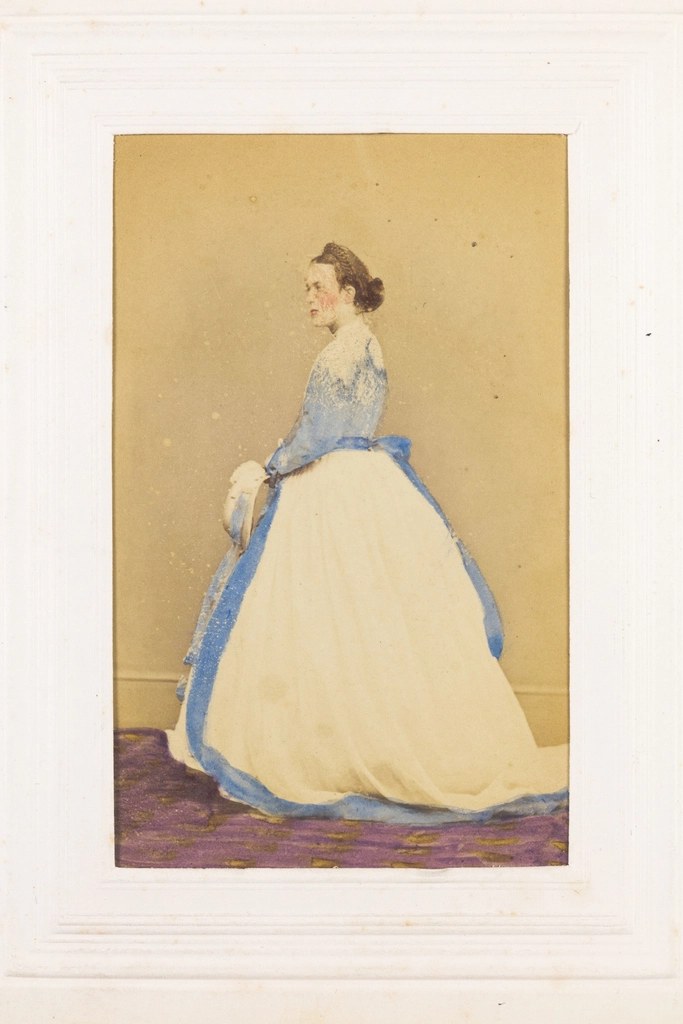Drag has been captivating audiences for centuries, evolving from its roots in ancient performance traditions to the vibrant, multifaceted art form we know today. Whether you’re a lifelong fan or new to the world of drag, understanding its history offers valuable insights into its cultural significance and enduring appeal.
Early Beginnings: Gender Performance in Ancient Theater
The concept of drag—performing gender roles through clothing, makeup, and demeanor—can be traced back to ancient civilizations. In Greek and Roman theater, male actors played both male and female roles, as women were not allowed to perform on stage. These early performances laid the groundwork for drag as a creative exploration of identity and expression.
Similarly, in Japanese Kabuki theater, onnagata (male actors specializing in female roles) became celebrated for their ability to embody femininity. These performances were deeply respected, blending artistry with the exploration of gender.
Drag in Modern Entertainment
The term “drag” as we understand it today gained prominence in the 19th and early 20th centuries, particularly in British pantomime and American vaudeville. Performers like Julian Eltinge, one of the first famous drag queens, brought drag to mainstream audiences, often challenging societal norms with their performances.
By the mid-20th century, drag found a home in underground queer spaces, where it became a form of resistance against oppression. Ball culture in cities like New York emerged as a cornerstone of drag, providing LGBTQ+ individuals with a safe space to express themselves and celebrate their community.
Drag in Pop Culture
The late 20th and early 21st centuries saw drag enter the mainstream, thanks to trailblazing artists like RuPaul, who became a global icon with hits like “Supermodel (You Better Work)” and the success of RuPaul’s Drag Race. Today, drag queens and kings are celebrated worldwide, from local bars to international stages.
The Impact of Drag on Society
Drag has always been more than entertainment. It challenges traditional ideas about gender, fosters inclusivity, and creates space for conversations about identity and self-expression. Drag artists often use their platforms to advocate for LGBTQ+ rights, mental health awareness, and social justice.
How to Support Drag
Supporting drag can be as simple as attending a show, tipping performers, or following them on social media. For those interested in exploring drag, educational resources, tutorials, and local communities offer opportunities to learn and connect.
The Future of Drag
As drag continues to evolve, it remains a powerful medium for creativity and activism. Its rich history reminds us of the resilience and brilliance of those who have shaped the art form into what it is today.

